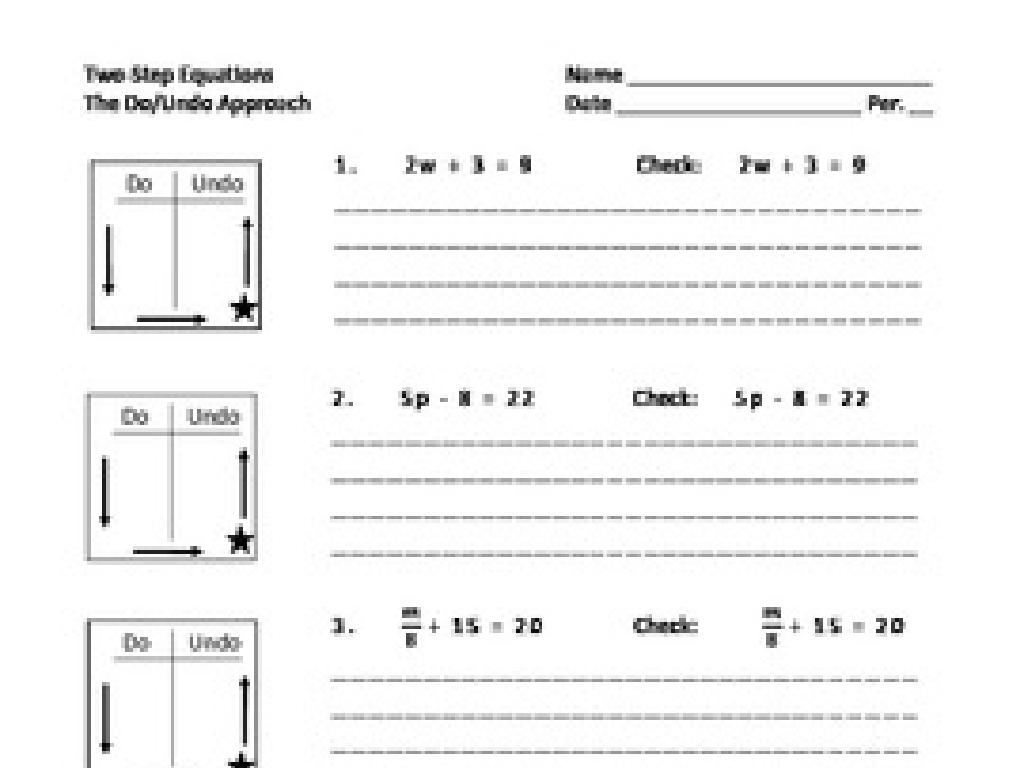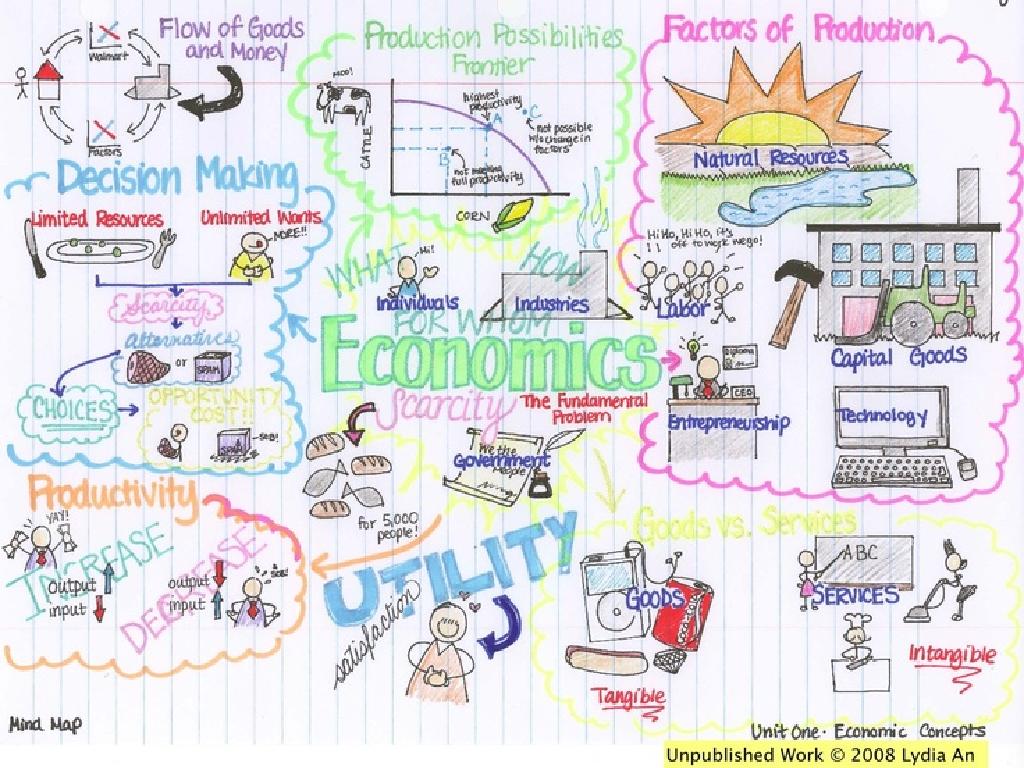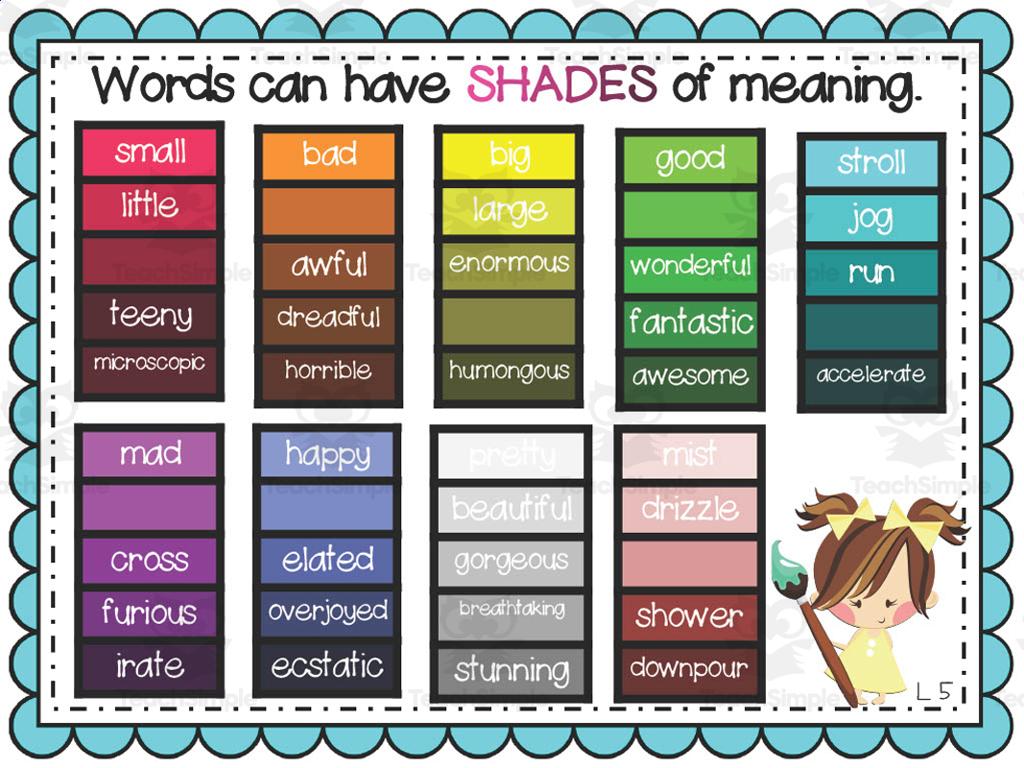Scaling By Fractions And Mixed Numbers
Subject: Math
Grade: Sixth grade
Topic: Multiply Fractions
Please LOG IN to download the presentation. Access is available to registered users only.
View More Content
Scaling with Fractions and Mixed Numbers
– Understanding the concept of scaling
– Scaling means resizing objects while keeping proportions.
– Defining fractions and mixed numbers
– Fractions represent parts of a whole; mixed numbers combine whole numbers and fractions.
– Scaling’s impact on size and proportion
– When scaling, the size changes but the shape’s proportion remains the same.
– Practical examples of scaling
– For instance, doubling a recipe or reducing a model’s size.
|
This slide introduces students to the concept of scaling in the context of fractions and mixed numbers. Begin by explaining scaling as the process of enlarging or reducing the size of an object, ensuring that students understand the importance of maintaining the object’s proportions. Clarify what fractions and mixed numbers are, as they will be used in scaling exercises. Emphasize how scaling affects size and proportion with practical examples, such as adjusting a recipe or creating a smaller version of a model, to help students visualize the concept. Encourage students to think of their own examples where they have encountered scaling in real life.
Scaling with Fractions: A Recap
– Reviewing fraction multiplication
– Multiply numerators and denominators respectively
– Visual example: 1/2 x 1/3
– Visualize using shaded areas on grids
– Significance in scaling
– Scaling recipes or objects involves fraction multiplication
– Applying knowledge to real-world problems
|
Begin with a quick recap of how to multiply fractions by multiplying the numerators together and the denominators together. Use a visual example such as 1/2 x 1/3 to help students visualize the concept by showing how shaded areas on grids represent the product of two fractions. Emphasize the practical application of multiplying fractions in scaling, such as adjusting a recipe or resizing an image. This will help students understand why it’s important to learn this skill. Conclude by discussing how this knowledge is applied in real-world scenarios, reinforcing the concept’s relevance.
Scaling Objects with Fractions
– Understanding scaling objects
– Scaling means resizing an object proportionally.
– Scaling down using fractions
– Example: A picture scaled down to 1/2 its size becomes half as large.
– Effects of scaling on objects
– Scaling changes size but not the shape. What happens if we scale a toy car to 3/4 its size?
– Engage in group discussion
|
This slide introduces the concept of scaling objects using fractions, which is a practical application of multiplying fractions. Begin by explaining that scaling means to proportionally resize an object, either enlarging or reducing it. Provide examples of scaling down, such as shrinking a photograph to half its original size by multiplying its dimensions by 1/2. Discuss how scaling affects the object’s size but not its shape, and encourage students to think about real-life objects they could scale. The group discussion should focus on understanding these concepts and how they relate to multiplication of fractions. Prepare to facilitate the discussion by prompting students with questions and guiding them to observe that while the size changes, the proportions remain the same.
Scaling with Mixed Numbers
– Understanding mixed numbers
– Mixed numbers combine whole numbers and fractions
– Example: Scale using 1 1/2
– If a recipe calls for 1 cup of sugar, scaling with 1 1/2 multiplies all ingredients by 1.5
– Precision of mixed numbers
– Mixed numbers allow for finer adjustments than whole numbers
– Practical applications
|
Introduce the concept of mixed numbers, which are used to represent numbers that fall between whole numbers, providing more precision in measurements and scaling. Walk through a step-by-step example of scaling a recipe using a mixed number, such as 1 1/2, to show how each ingredient amount is increased by a factor of 1.5. Explain why using mixed numbers can be more precise than scaling with whole numbers, as they allow for finer adjustments, especially in real-world applications like cooking or construction. Encourage students to think of other scenarios where mixed numbers could be useful and to practice scaling different items using mixed numbers.
Real-life Applications of Scaling
– Scaling in cooking and baking
– Adjusting recipes for more or fewer servings
– Scaling in map reading
– Using map legends to understand real distances
– Scaling in model building
– Creating smaller versions of real-life structures
– Class brainstorm on scaling
|
This slide aims to show students how scaling by fractions and mixed numbers is used in everyday life. For cooking and baking, discuss how recipes can be adjusted to serve different numbers of people, which involves multiplying fractions to increase or decrease ingredient amounts. In map reading, explain how map scales help translate distances on a map to actual distances on the ground. With model building, illustrate how real-life objects can be scaled down to create miniatures, using fractions to maintain proportions. Finally, engage the class in a brainstorming session to come up with other areas where scaling is applied, encouraging them to think critically about the world around them. This activity will help solidify their understanding of the concept by connecting it to tangible examples.
Let’s Practice Scaling with Fractions!
– Practice scaling objects
– Scale objects by the given fractions, e.g., 1/2, 3/4
– Work in pairs on problems
– Collaborate to find solutions and understand concepts
– Discuss methods used
– Explain how you solved the problems
– Share results with the class
– Present your findings and learn from others
|
This slide is designed for a collaborative classroom activity where students apply their knowledge of scaling by fractions and mixed numbers. Students will work in pairs to solve practical problems that involve scaling objects by given fractions, which helps to solidify their understanding of the concept. Encourage them to discuss their methods and reasoning with their partner. After solving the problems, each pair will share their results and the strategies they used with the rest of the class, fostering a collaborative learning environment. As a teacher, facilitate the discussion by asking probing questions and highlighting different approaches to the same problem. This activity not only reinforces mathematical concepts but also develops communication and teamwork skills.
Class Activity: Scale a Recipe
– Scale recipe ingredients
– Example: Halve a cookie recipe
– If original serves 4, how much for 2?
– Discuss precision importance
– Accurate measurements ensure consistency
– Activity: Adjust servings
|
This activity aims to help students understand the practical application of scaling by fractions and mixed numbers. Provide a simple cookie recipe and ask students to adjust the ingredients for half the number of people. Emphasize the importance of precision in measurements to maintain the recipe’s integrity. Possible activities: 1) Scale recipe to double the servings, 2) Scale to 1.5 times the original, 3) Reduce to a third, 4) Adjust for a single serving. This will reinforce their understanding of multiplying fractions in a real-world context and demonstrate the necessity of accuracy in math and everyday life.
Conclusion & Homework: Scaling Mastery
– Recap: Scaling with fractions
– Review how to multiply to scale figures using fractions and mixed numbers
– Why accurate scaling matters
– Accurate scaling is crucial in fields like architecture and baking
– Homework: Scale an object
– Choose any household item and scale its dimensions up or down
– Share your findings tomorrow
|
As we wrap up today’s lesson on scaling by fractions and mixed numbers, it’s important to emphasize the real-world application of these concepts. Accuracy in scaling is vital in many professions and everyday tasks. For homework, students are to find an object at home and practice scaling its size up or down using the methods learned in class. They should write down the original dimensions, the scale factor, and the new dimensions. Encourage creativity in their choice of objects and ask them to be ready to discuss their process and results in the next class. This will help reinforce their understanding and give them practical experience with scaling.





